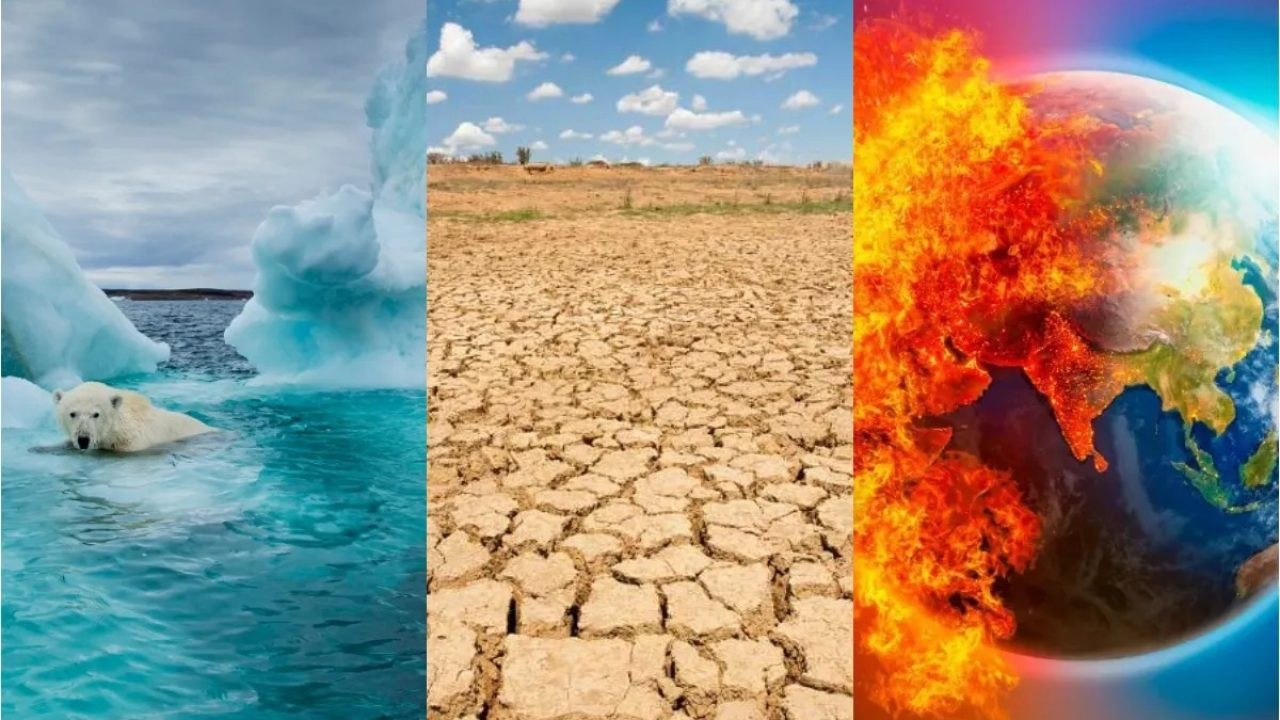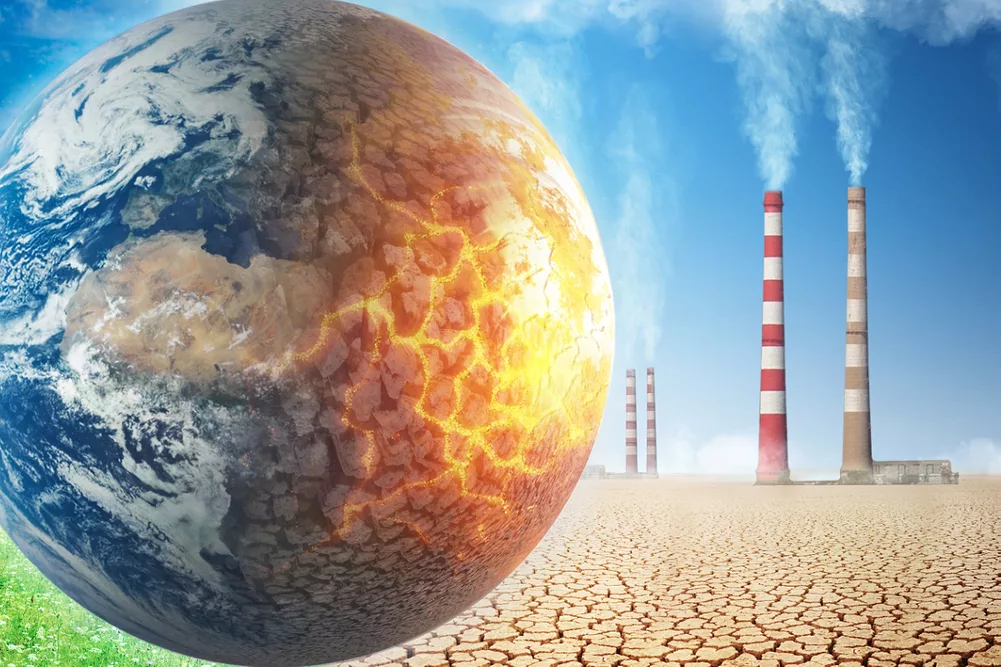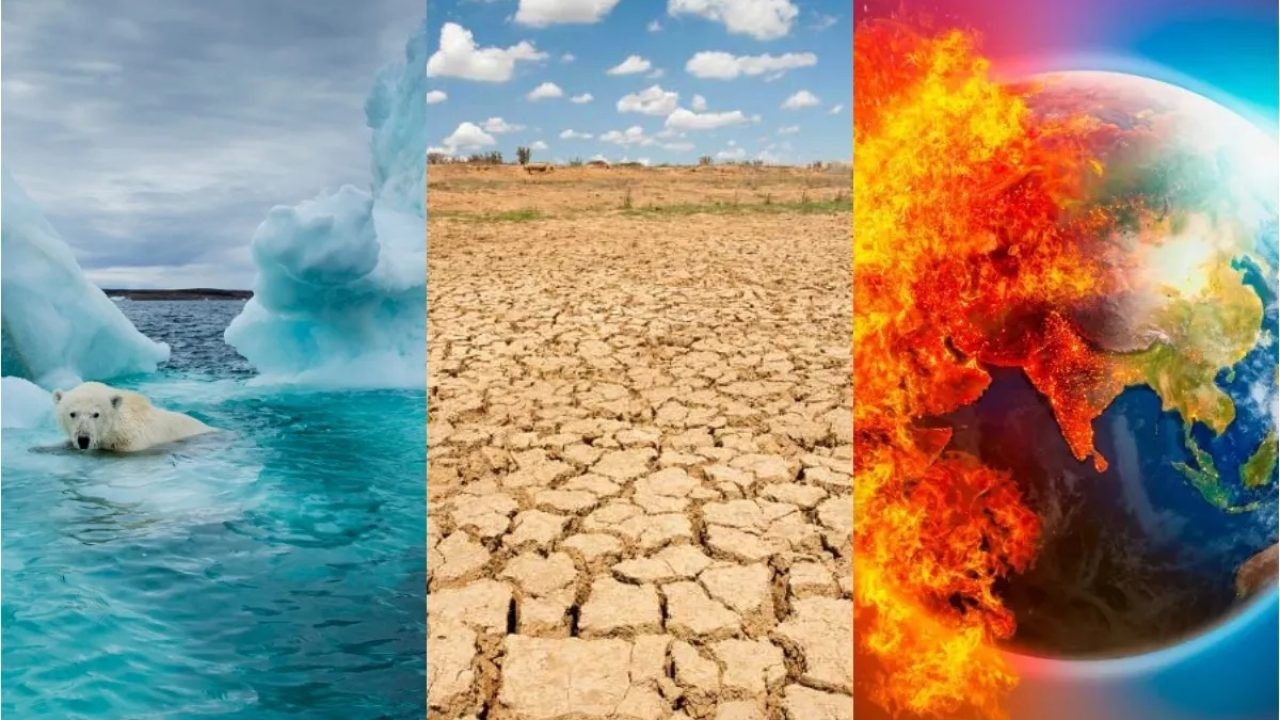A Proposal for Urgent Global Action: Halting the Accelerating Crisis of Global Warming


In the sweltering summer of 2025, as wildfires rage across the Amazon and heatwaves scorch Europe for the third consecutive year, the world stands at a precipice. Global warming, once dismissed as a distant threat, has morphed into an unrelenting reality. Recent scientific assessments paint a grim picture: humanity is mere years away from breaching the Paris Agreement’s critical 1.5°C warming threshold, with sea levels rising at unprecedented rates. This is not hyperbole; it is the consensus of leading climatologists. As temperatures climb—May 2025 marked the second-warmest May on record, 1.10°C above the 20th-century average— the call for action grows deafening. Yet, amid this urgency, opportunities for transformative change abound. This proposal outlines a comprehensive, multi-faceted strategy to mitigate global warming, emphasizing immediate policy shifts, technological innovation, and global cooperation. By implementing these measures, we can not only avert catastrophe but also forge a resilient, equitable future.
The Escalating Crisis: A Snapshot of 2025
The year 2025 has been a harbinger of what lies ahead if we falter. According to the World Meteorological Organization (WMO), there is a 70% chance that the five-year average temperature for 2025-2029 will exceed 1.5°C above pre-industrial levels—a stark increase from previous forecasts. The first half of the year alone, from January to June, recorded a global surface temperature anomaly of +1.21°C, ranking as the second-highest such period in 176 years of observations. This acceleration is no anomaly; human-induced warming is now intensifying at 0.27°C per decade, more than double the rate observed since 1850.
These figures underscore a fundamental truth: Earth’s climate is warming faster than at any point in human history, with an average rise of 0.11°F (0.06°C) per decade since the mid-19th century, totaling about 2°F overall. The United Nations warns that to limit warming to 1.5°C, global greenhouse gas (GHG) emissions must peak before 2025 and decline by 43% by 2030. We are already late to this deadline. Floods in Bangladesh displace millions, droughts in sub-Saharan Africa threaten food security, and coral reefs—vital to ocean biodiversity—bleach irreversibly. Economically, the U.S. Department of Energy’s recent report suggests that while CO2-induced warming’s fiscal impacts may be less severe than once feared, the cascading effects on agriculture, infrastructure, and health are mounting rapidly.
The causes are well-documented: fossil fuel combustion, deforestation, and industrial processes have spiked atmospheric CO2 levels to over 420 parts per million (ppm), the highest in 800,000 years. Methane from agriculture and landfills exacerbates the issue, trapping heat with 25 times the potency of CO2 over a century. Yet, knowledge alone is insufficient; what is needed is bold, actionable proposals to reverse this trajectory.

The Human and Environmental Toll: Why We Cannot Delay
Global warming’s impacts are not abstract—they are visceral and disproportionate. Low-lying island nations like the Maldives face existential threats from rising seas, projected to inundate 80% of their land by 2100 under current trends. In 2025 alone, extreme weather events have claimed over 500,000 lives globally, according to preliminary UN estimates, with economic losses topping $300 billion.
Consider the health crisis: Heat-related illnesses surged 30% in urban centers like Delhi and Phoenix this summer, overwhelming hospitals. Biodiversity loss is equally alarming; the IPCC’s latest synthesis report highlights that 1 million species are at risk of extinction, many due to habitat shifts driven by warming. Food systems teeter on the brink—wheat yields in the U.S. Midwest dropped 15% due to erratic rains, while coffee production in Brazil plummets from prolonged droughts.
Socially, the crisis amplifies inequities. Developing nations, responsible for less than 20% of historical emissions, bear 80% of the costs. Women and indigenous communities, often on the frontlines of resource management, suffer disproportionately. A 2025 World Bank analysis pegs the global cost of inaction at $2.6 trillion annually by 2030, dwarfing investments in green infrastructure.
This is the inheritance we risk for future generations: a world of scarcity, conflict, and displacement. But it is not inevitable. The Paris Agreement’s framework, though imperfect, provides a blueprint. What follows is a proposal to operationalize it through targeted, scalable interventions.
Proposal 1: Accelerate the Transition to Renewable Energy
At the heart of any anti-warming strategy must lie a rapid decarbonization of energy systems, which account for 73% of global GHG emissions. We propose a “Global Renewables Leapfrog Initiative” (GRLI), a $5 trillion international fund—co-financed by G20 nations and multilateral banks—to deploy solar, wind, and geothermal capacity at scale.
Key Components:
- Subsidies and Incentives: Phase out $1 trillion in annual fossil fuel subsidies by 2028, redirecting funds to tax credits for renewables. In the U.S., expand the Inflation Reduction Act’s clean energy provisions to cover 100% of new grid installations by 2030.
- Technological Deployment: Partner with innovators like Tesla and Siemens to manufacture affordable battery storage, targeting 10 terawatt-hours globally by 2035. Offshore wind farms in the North Sea and solar mega-plants in the Sahara could power Europe and Africa, respectively, reducing reliance on imported gas.
- Equity Focus: Allocate 40% of GRLI funds to least-developed countries (LDCs), enabling leapfrogging to renewables without fossil infrastructure. For instance, microgrids in rural India could electrify 300 million people, cutting emissions while boosting GDP by 2-3%.
This initiative could slash global energy emissions by 50% by 2040, per modeling from the International Energy Agency (IEA). The economic upside? It would create 25 million jobs in green sectors, outpacing fossil fuel declines.

Proposal 2: Reform Agriculture and Forestry for Carbon Sequestration
Agriculture and land use contribute 24% of emissions, yet they hold immense sequestration potential. Our “Carbon Farm Revolution” (CFR) envisions transforming 1 billion hectares of farmland into regenerative systems by 2035.
Key Components:
- Policy Mandates: Implement carbon pricing—starting at $50 per ton of CO2 equivalent—in major emitters like the EU and China, with revenues funding sustainable practices. Ban deforestation in supply chains for commodities like soy and palm oil.
- Innovation Hubs: Establish 50 global “Agri-Tech Corridors” to pilot precision farming, using AI-driven drones for soil health monitoring and drought-resistant GMOs. In Brazil, reforestation of 200 million hectares could sequester 15 gigatons of CO2 annually.
- Community-Led Adaptation: Empower indigenous knowledge through grants for agroforestry, where farmers in Kenya integrate trees with crops, enhancing yields by 20% while drawing down carbon.
The CFR could turn agriculture from a net emitter to a sink, absorbing 10-20 gigatons of CO2 yearly, according to FAO projections. It would also safeguard food security for 2 billion people vulnerable to climate shocks.











